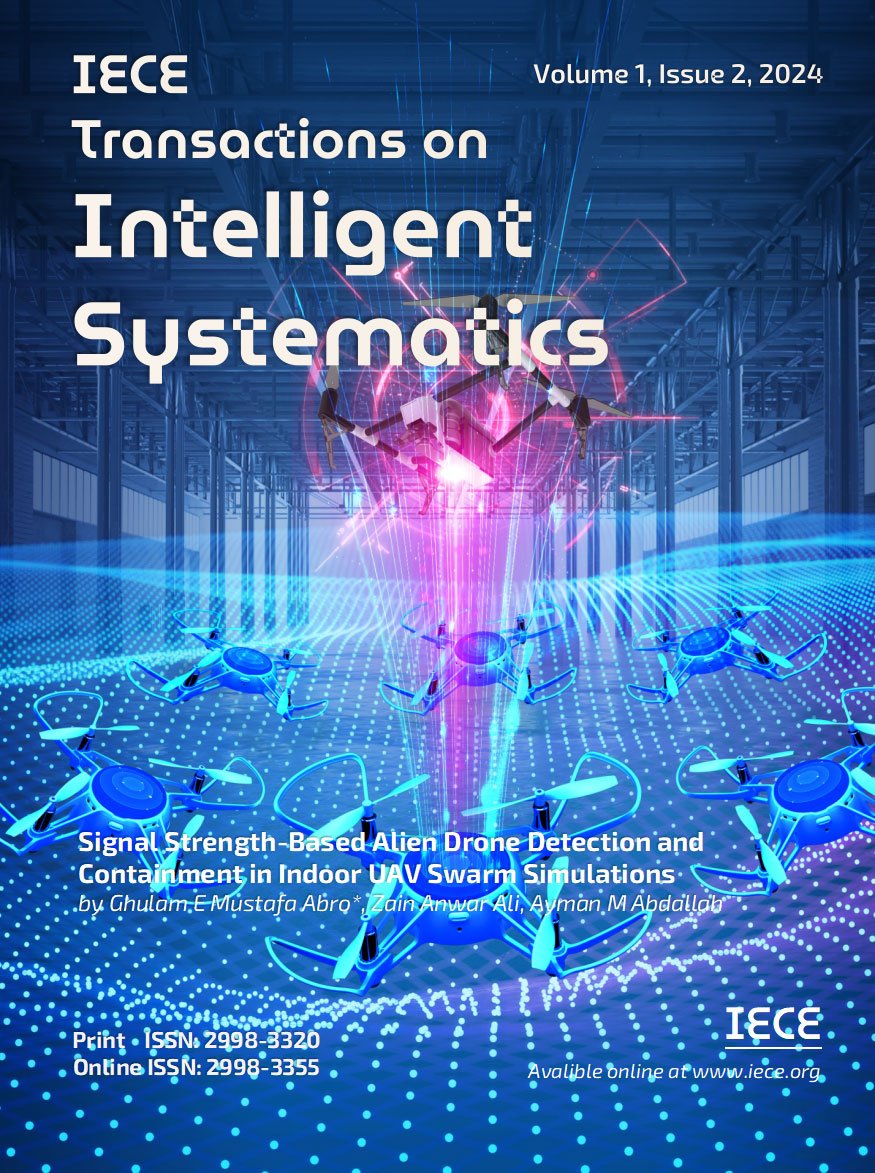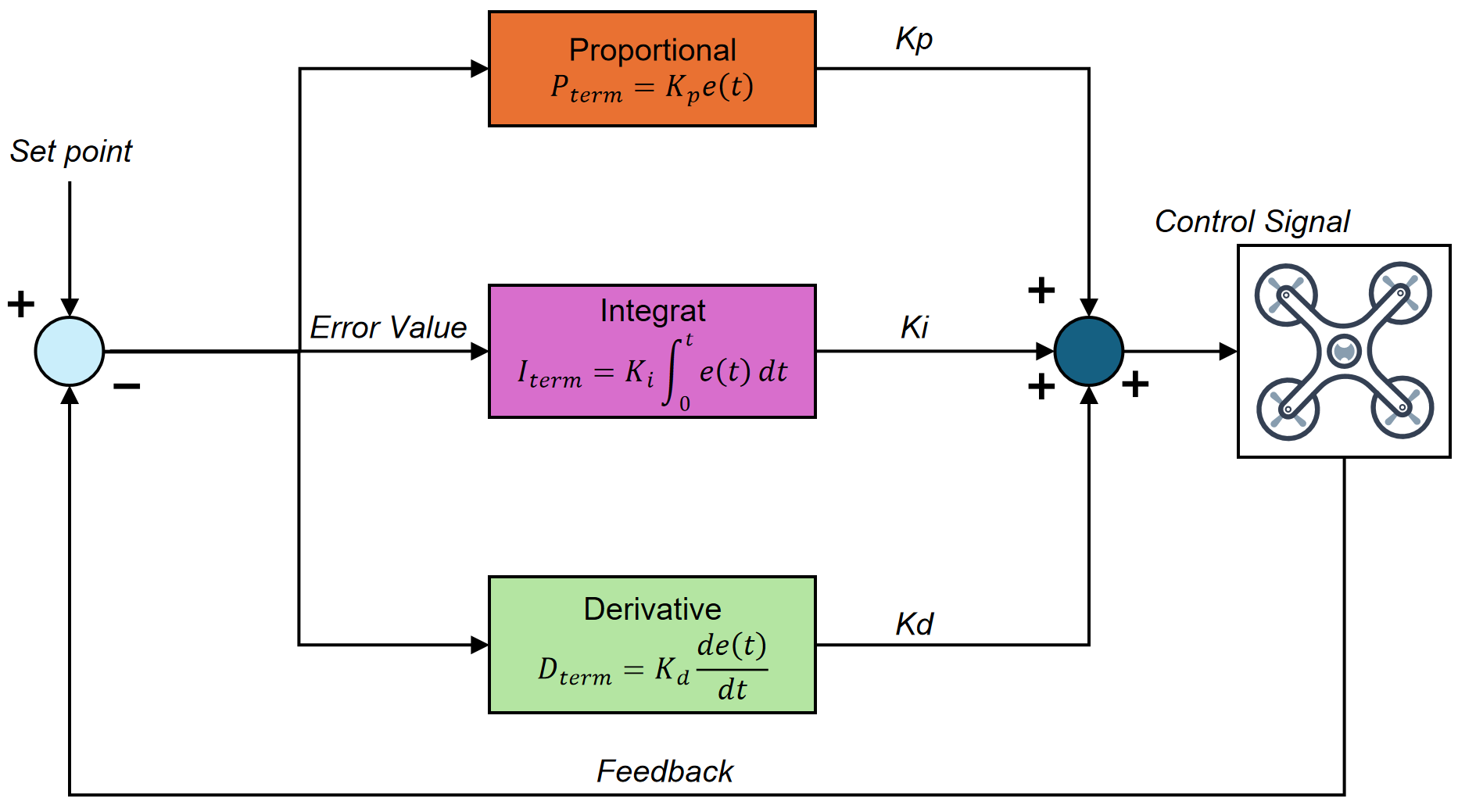Abstract
A Novel simulation framework using self-governing drones is used to locate and reduce unauthorized drones in interior environments. The recommended method uses Received Signal Strength Indicator (RSSI) to identify an alien agent drone, which has different signal characteristics than the approved swarm of UAVs. Real-time threat detection is possible with this technology. After detecting the drone, the swarm organizes itself to encircle and besiege it for 10 seconds, making it inert before returning to their original positions. This unique solution uses RSSI to quickly identify and mitigate enclosed area concerns. It provides a reliable and effective indoor drone security solution. The simulation results show that the approach works in delicate environments including warehouses, laboratories, and other indoor facilities. This study advances unmanned aerial system (UAS) autonomous swarm intelligence and security procedures.
Keywords
Autonomous Drone Swarms
RSSI
Indoor Security
Unmanned Aerial Vehicle (UAVs) and Mitigation
Funding
The authors express gratitude for the assistance rendered by the Interdisciplinary Research Centre (IRC) for Aviation and Space Exploration at King Fahd University of Petroleum and Minerals (KFUPM) in advancing this research. The project is financed by IRC for Aviation and Space Exploration as part of an internally sponsored initiative under the cost centre INAE2408.
Cite This Article
APA Style
Abro, G., E., M., Ali, Z., A. & Abdallah, A., M. (2024). Signal Strength-Based Alien Drone Detection and Containment in Indoor UAV Swarm Simulations. IECE Transactions on Intelligent Systematics, 1(2), 69-78. https://doi.org/10.62762/TIS.2024.807714
Publisher's Note
IECE stays neutral with regard to jurisdictional claims in published maps and institutional affiliations.
Rights and permissions
Institute of Emerging and Computer Engineers (IECE) or its licensor (e.g. a society or other partner) holds exclusive rights to this article under a publishing agreement with the author(s) or other rightsholder(s); author self-archiving of the accepted manuscript version of this article is solely governed by the terms of such publishing agreement and applicable law.


 Submit Manuscript
Edit a Special Issue
Submit Manuscript
Edit a Special Issue

